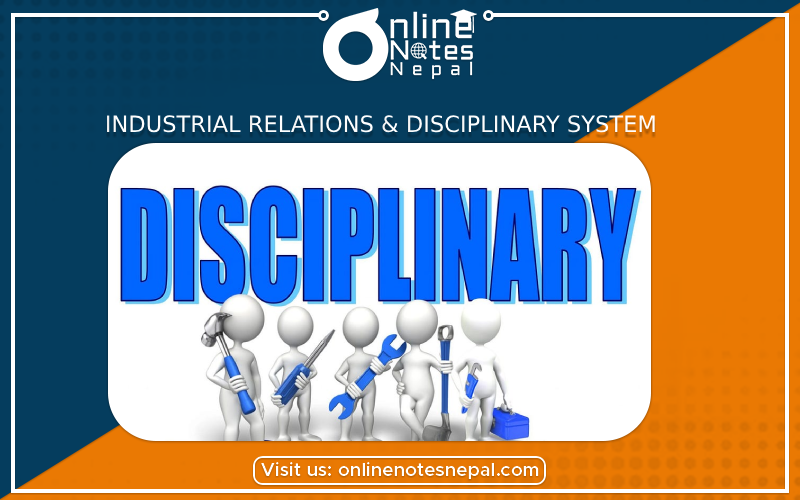Published by: Anu Poudeli
Published date: 09 Jul 2023

Workplace Relations:
The complex connection between employers, employees, and the government in the workplace is referred to as industrial relations. It includes their contacts and agreements, as well as the laws and regulations that regulate their behavior. The basic purpose of industrial relations is to create a harmonious and productive work environment in which the interests of both employers and employees are balanced.
1.Key Industrial Relations Concepts:Collective bargaining is the process by which employee representatives (typically labor unions) negotiate with employers to decide salaries, working conditions, and other employment issues. It entails debates, compromises, and the creation of collective bargaining agreements.
2.Trade Unions: Trade unions are organizations founded by employees to preserve and advance their workplace rights and interests. They negotiate with employers on behalf of their members and may organize strikes, advocate for better working conditions, and provide assistance to workers.
3. Labor Laws : Labor laws are legal frameworks that govern the relationships between companies, employees, and labor unions. These laws establish minimum wage, working hours, occupational health and safety standards, and dispute resolution systems. They seek to preserve employees' rights and to maintain a fair and balanced industrial relations system.
4.Grievance Handling: Grievance handling refers to the processes and procedures used in the workplace to address and resolve employee complaints or grievances. Employers frequently have formal systems in place to guarantee that grievances are resolved swiftly and fairly, which aids in the maintenance of a healthy work environment and the prevention of conflicts.
Disciplinary Procedures:
A workplace disciplinary system is a set of rules, regulations, and processes that govern the handling of employee misconduct or infractions of business policies. It creates a framework for addressing and correcting employee conduct that deviates from accepted standards, while also assuring accountability and sustaining a productive work environment.
Disciplinary System Components
1.Conduct of code : A code of conduct describes the anticipated norms of behavior for employees inside a company. It outlines acceptable and undesirable behavior, establishing clear boundaries and expectations for employees.
2.Disciplinary Policies: Disciplinary policies outline the procedures and penalties for employee misconduct. They usually consist of a variety of disciplinary actions, such as verbal and written warnings, suspensions, and, in extreme circumstances, termination. These policies ensure that disciplinary concerns are handled consistently and fairly.
3. Investigation Process : When there is an allegation of misbehavior, an investigation procedure is normally launched to gather facts, interview key parties, and establish the legitimacy of the complaint. To ensure fairness and preserve the interests of all parties concerned, this procedure should be handled fairly and confidentially.
4.Disciplinary Action: Following the completion of an inquiry and the establishment of misbehavior, disciplinary action is conducted in accordance with the organization's policies. In severe circumstances, the action may include progressive discipline, in which the severity of the penalty escalates with repeated offenses, or prompt termination.
5. Appeals Process : Many disciplinary systems include an appeals mechanism that allows employees to question the decision or penalty issued in order to maintain fairness. This allows employees to state their case and request a reconsideration of the disciplinary action.
6.Training and Communication: Organizations must give disciplinary system training and convey policies and procedures to all employees. This aids in encouraging rule knowledge, comprehension, and compliance, reducing misconduct, and maintaining a healthy work environment.
Effective industrial relations and a well-designed disciplinary system help to maintain a productive and pleasant workplace, protect employees' rights, and ensure the smooth operation of organizations.